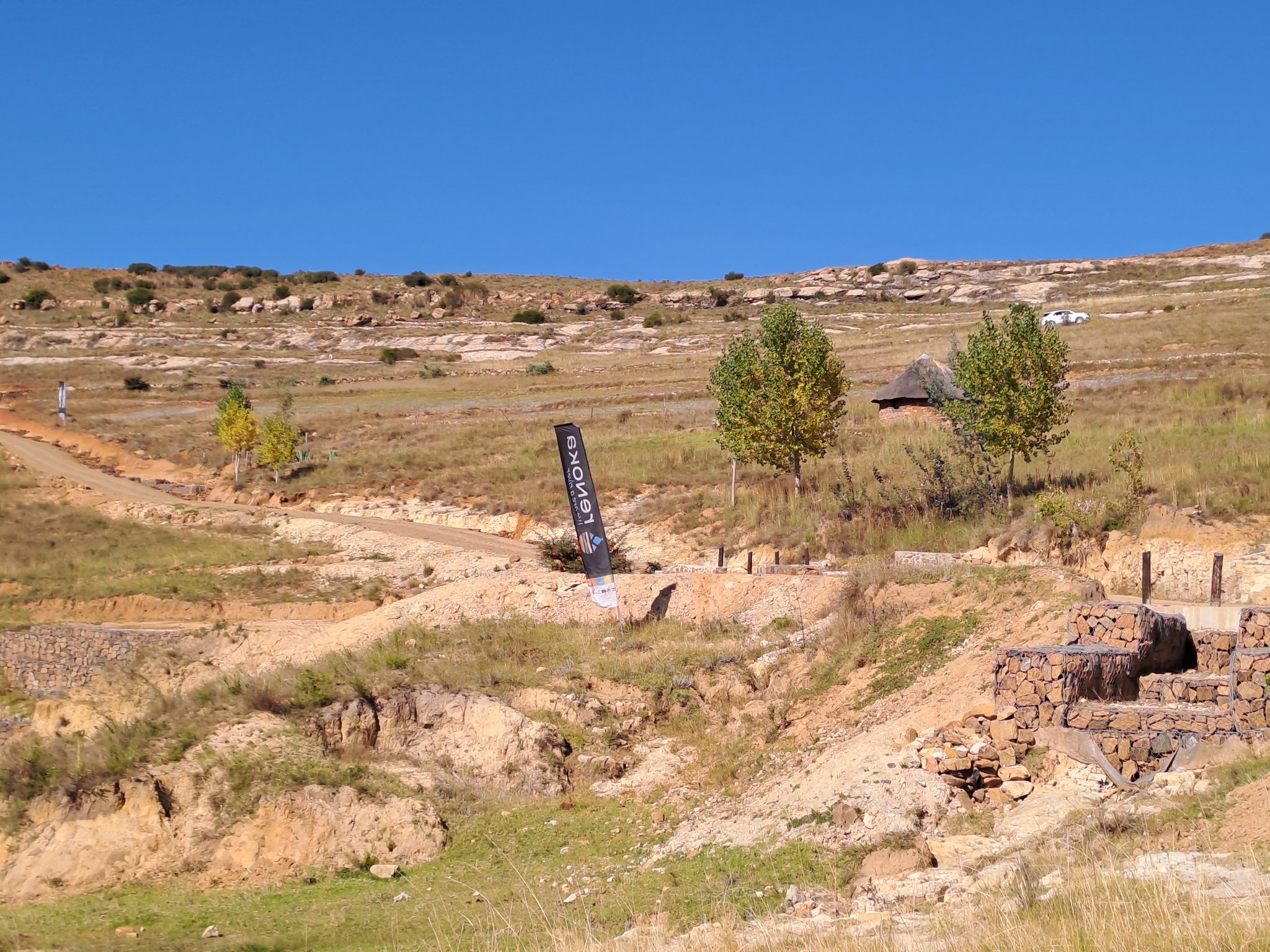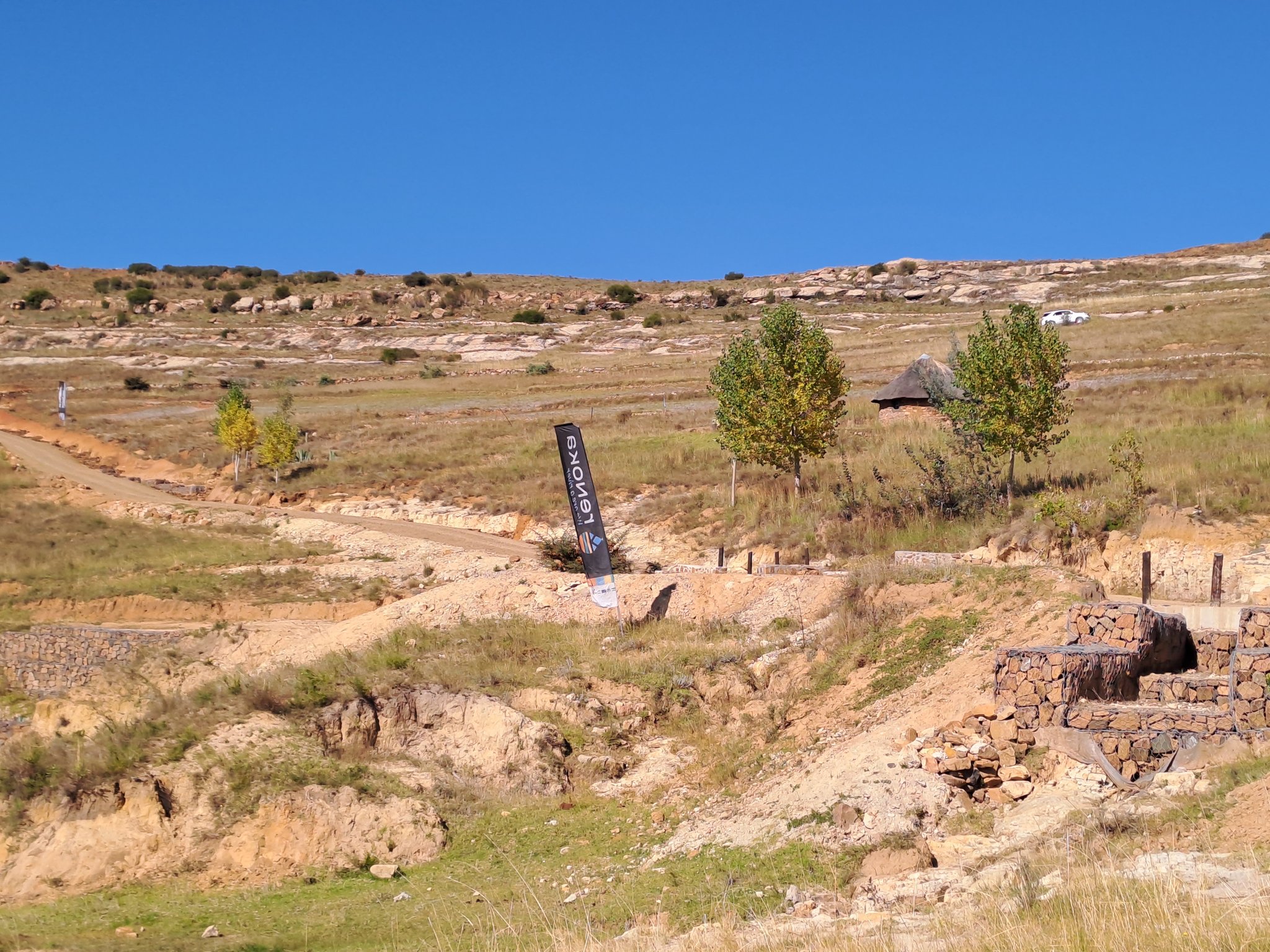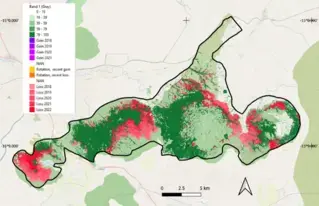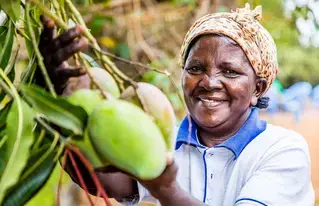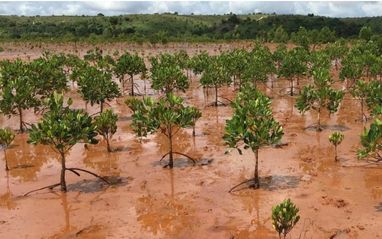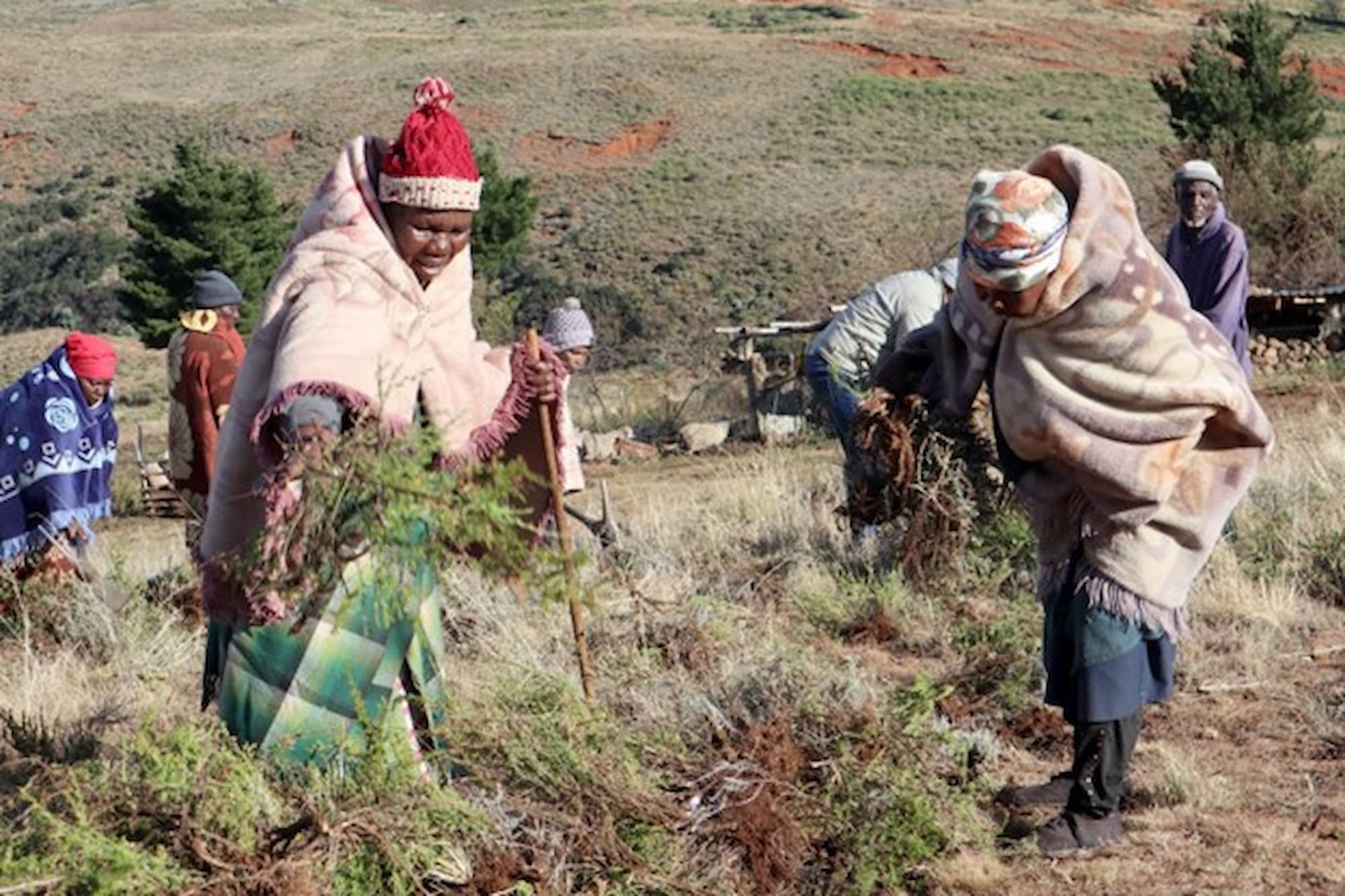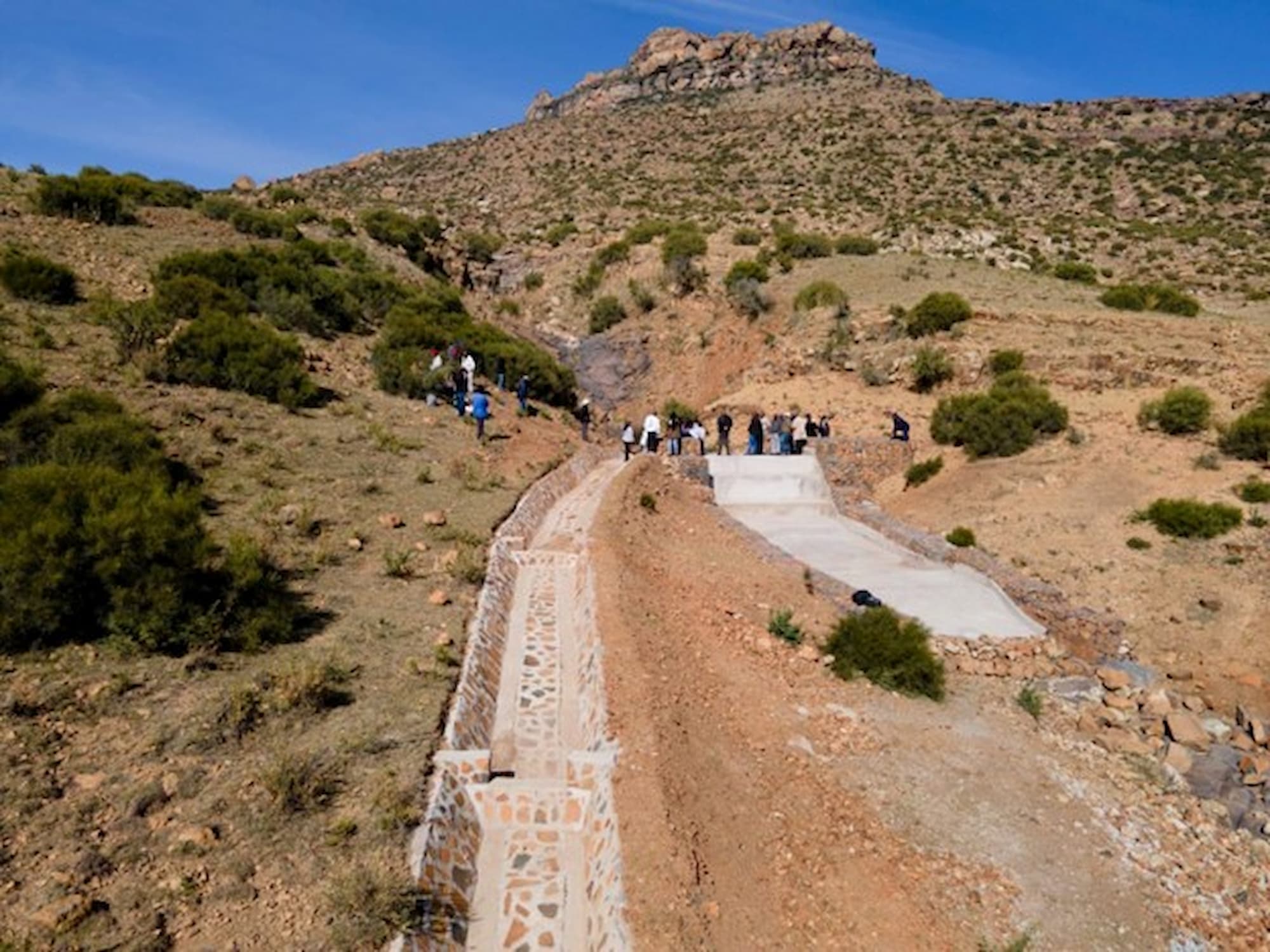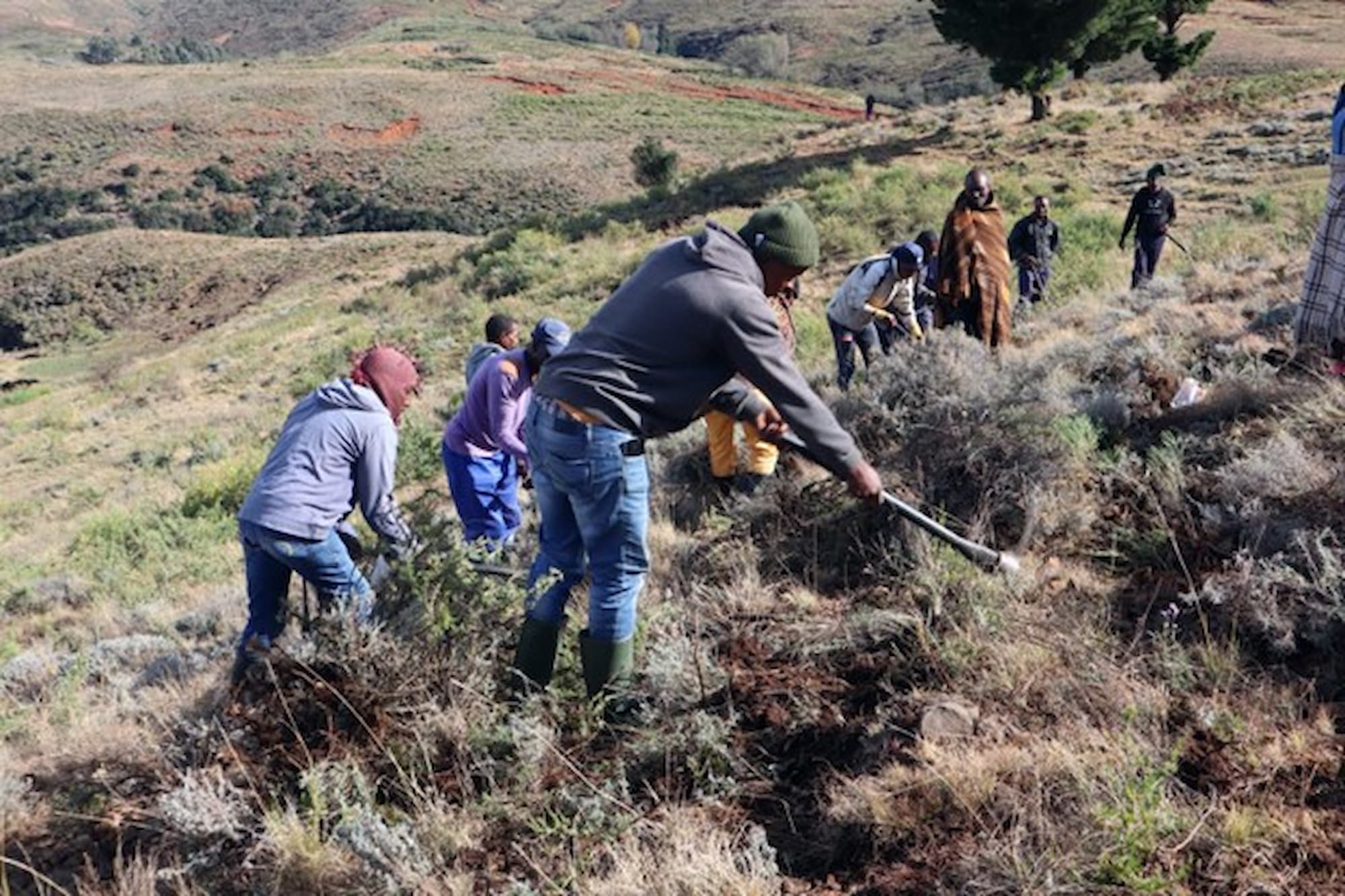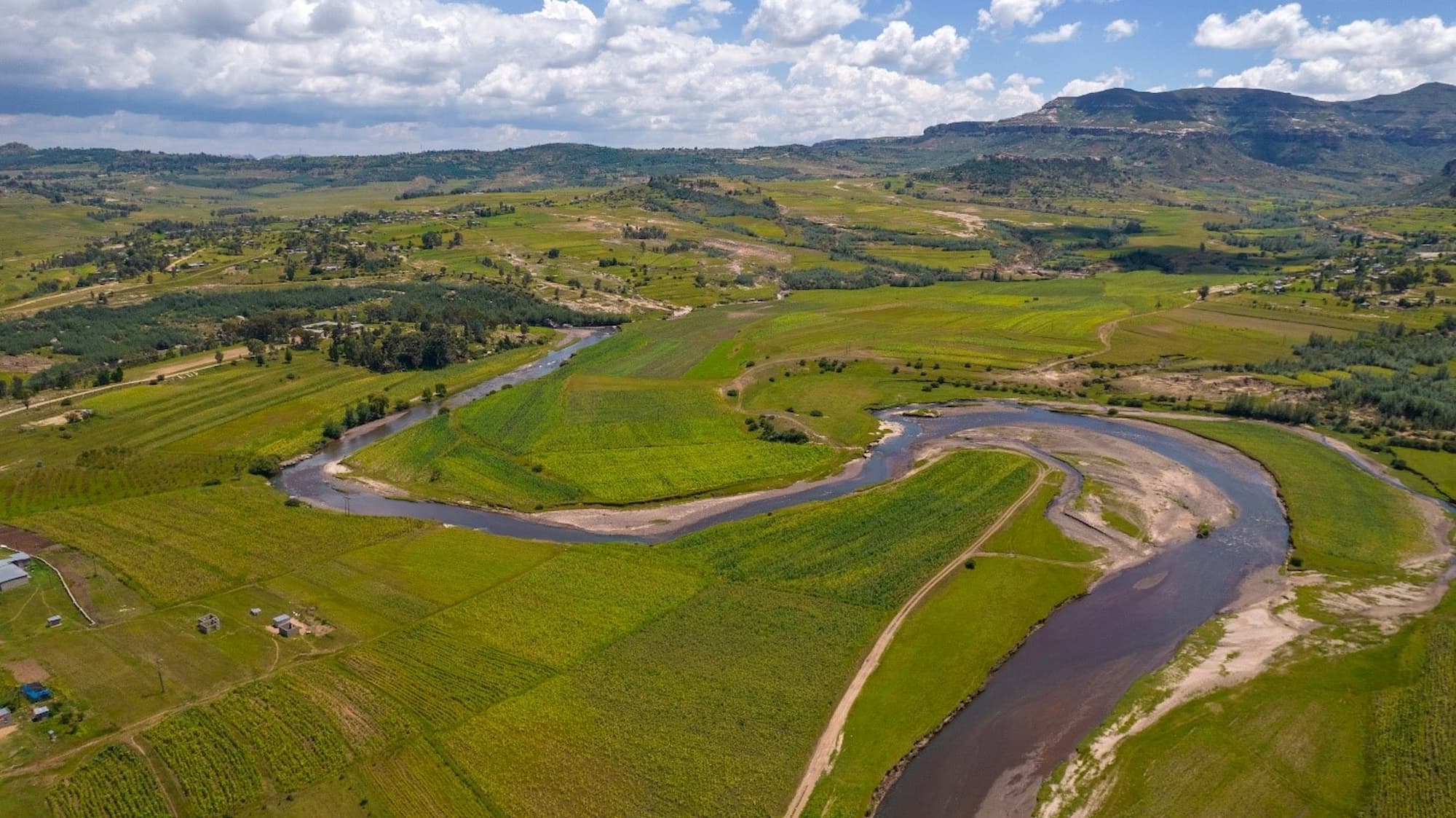Lesotho
May 2024
Latest Updates of Lesotho
Projects in Lesotho
Projects in Lesotho
Our Approach
Sustainable Land and wetlands Management
The Government of Lesotho started a Land Rehabilitation Program to reduce vulnerability from climate change in the foothills, lowlands and the lower Senqu River basin and take informed decisions through coordinating data pools obtained from satellite/remote sensing.
Climate Smart Agriculture
Lesotho has invested in developing capacity for climate change adaptation in the agricultural sector, conservation advocacy, extension / training, research integration into formal curricula and promoting climate change adaptation in small-scale agricultural production.
Watershed and River Basin Management
Strengthening Capacity for climate change adaptation through support to integrated watershed management programme in Lesotho.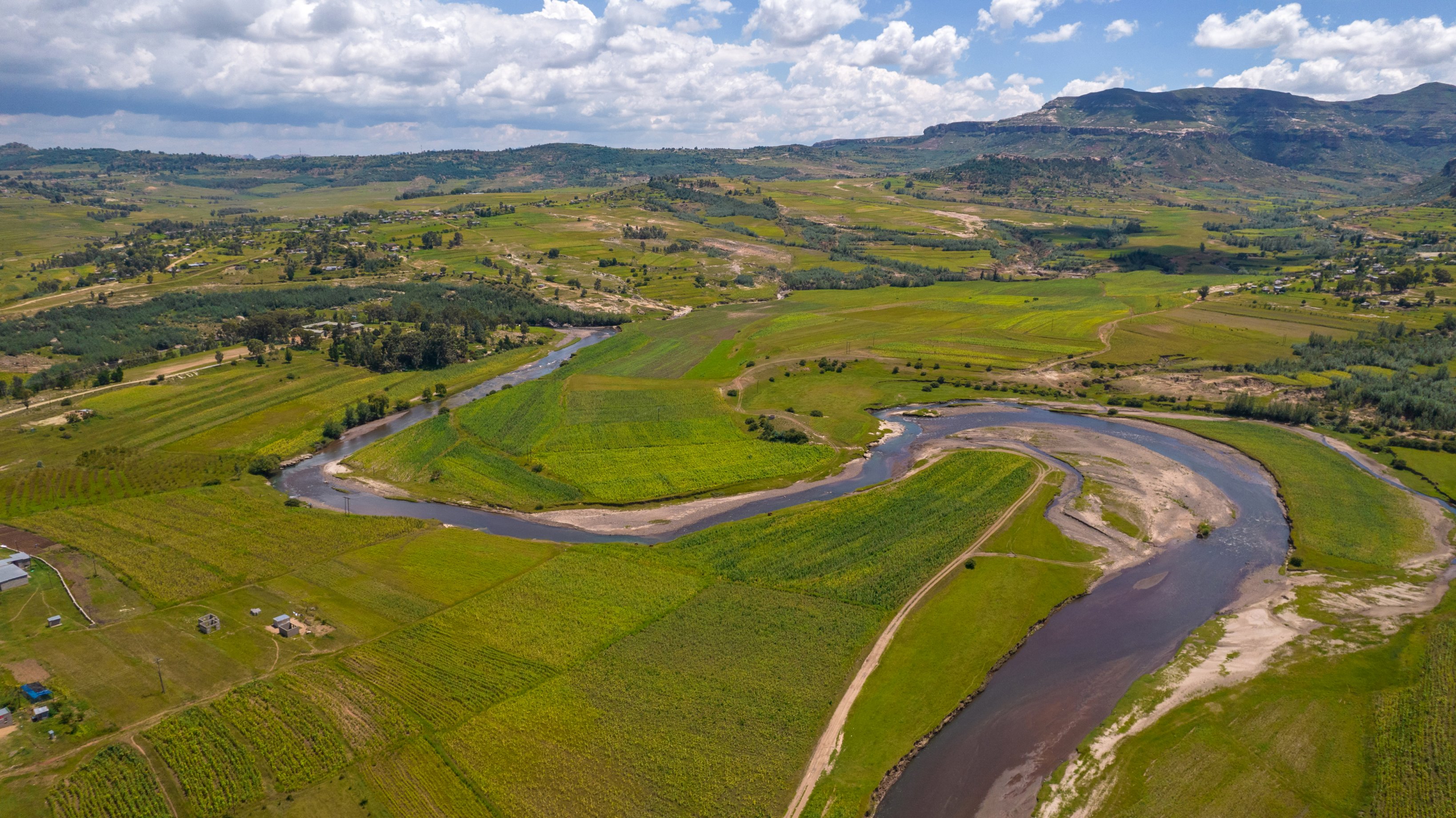
Steps to Success
LDN Targets
Setting targets and establishing the level of ambitionLeverage and impact
Catalyzing the multiple benefits that LDN provides from climate change mitigation and adaptation to poverty reductionPartnerships and resource mobilization
Rationalizing engagement with partners, overcoming fragmentation and systematically tapping into increasing finance opportunities, including climate financeTransformative action
Designing and implementing bold LDN transformative projects that deliver multiple benefits; and Monitoring and reporting: tracking progress towards achieving the LDN targets.Key Milestones
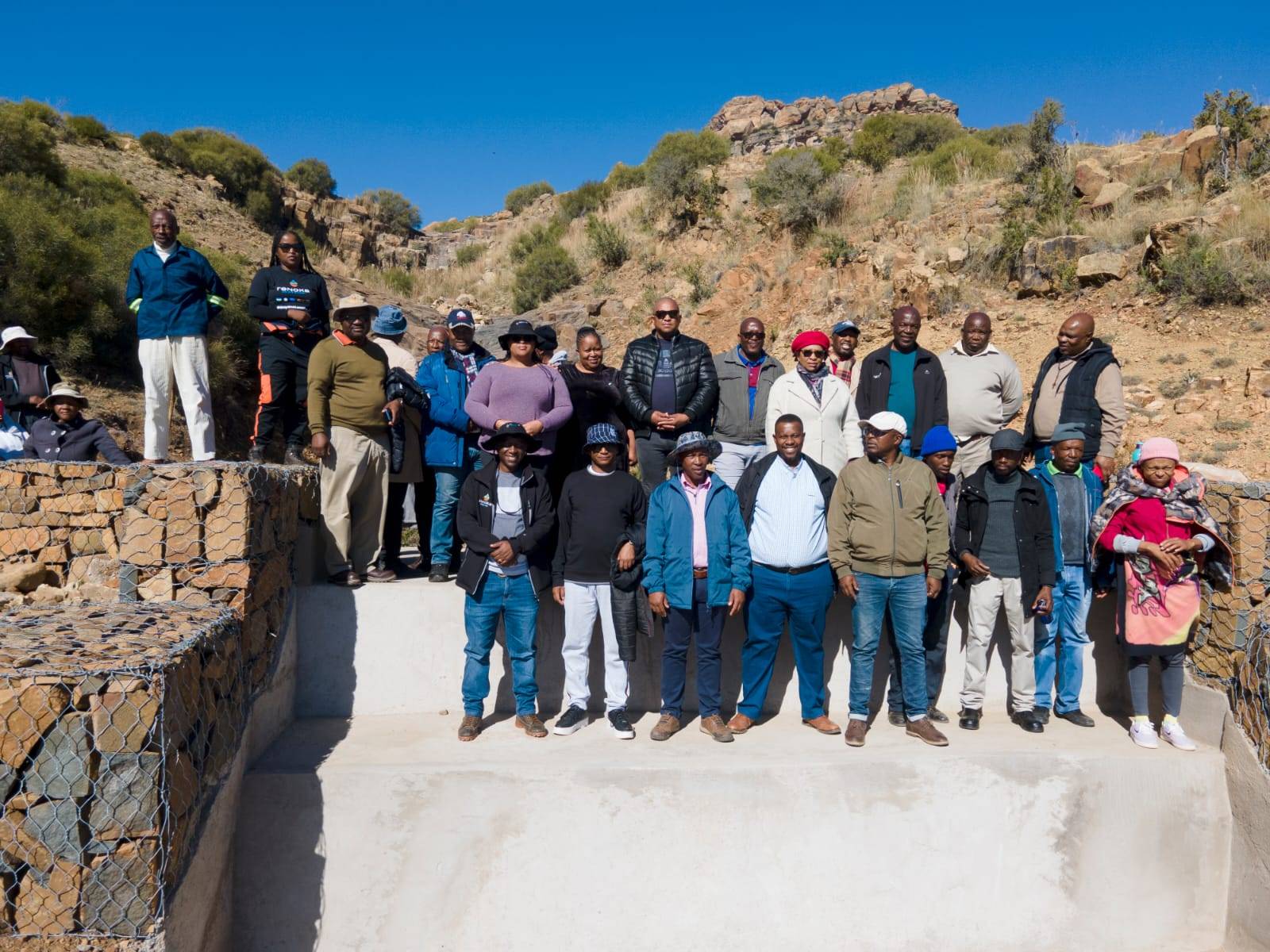

Our Vision
The Lesotho target is to achieve LDN by 2030 as compared to the 2015 baseline and an improvement of 5% of the land. The improvement is expected mainly in the lowlands and foothills of Lesotho where majority of the land is used for cropping. The target is to also improve soil organic carbon in all land classes.
Specific Targets to Avoid, Minimize and Reverse Land Degradation
-
Improve productivity and Soil Organic Carbon stocks to 2% in all land classes by 2030 as compared to 2015.
-
Rehabilitate 600,000 hectares of degraded land to functionality by 2030.
-
Convert 135,600 ha of Brush land back to rangeland by 2030 as compared to 2015.
-
Halt the conversion of forests and wetlands to other land cover classes by 2022.
-
Increase forest cover by 61,325 ha by 2030 as compared to 2015.
-
Reduce the rate of soil erosion and sealing (conversion to artificial land cover) by 20% by 2030 as compared to 2015.
Additional Resources
National Strategic Development Plan 2018/19-2022/23

